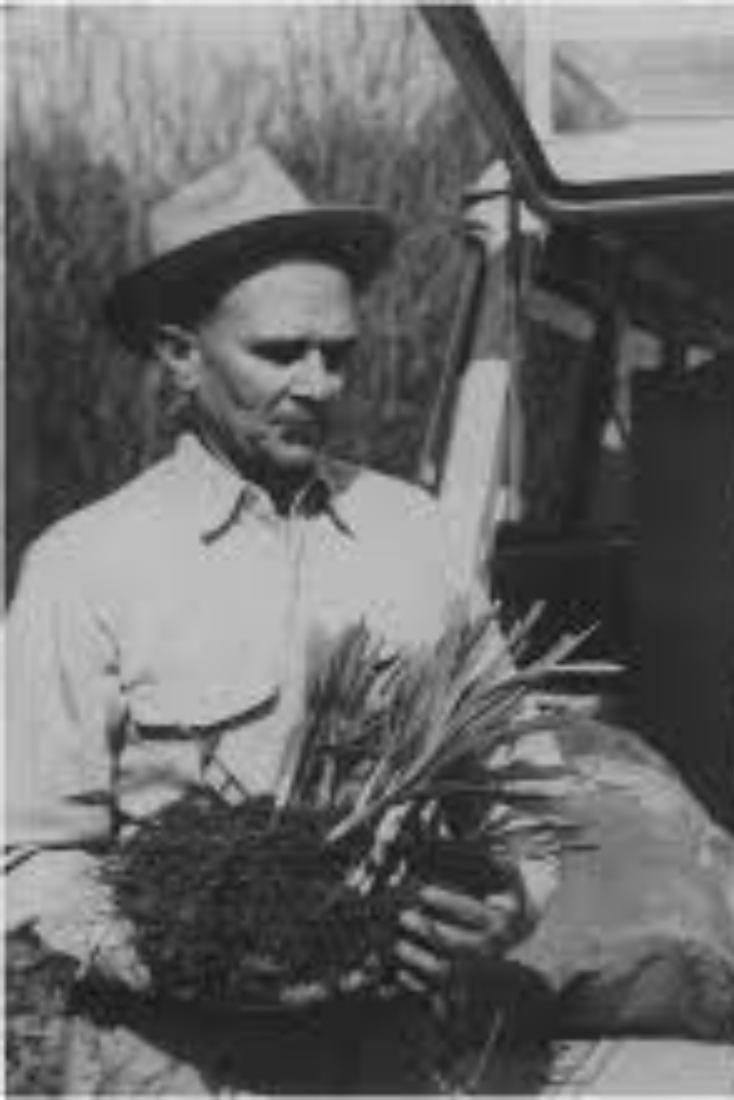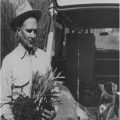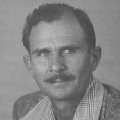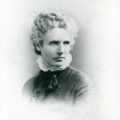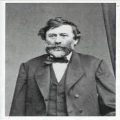Howard Scott Gentry
Agaves of Continental North America
On this day in 1982, the newspaper shared a great story about the author of "Agaves of Continental North America," Howard Scott Gentry.
"This elder statesman of the botanical world [is] a first-class charmer when you get .... to his subject;... his love for the wilds of Sonora and Chihuahua, Mexico; [and] about the years he spent overseas as an agricultural explorer for the U.S. Department of Agriculture, and about how he gradually came to know more about agaves "than any other human being."
"I don't like to start things and not finish them," Gentry said concerning the hectic pace of his agave research after his retirement from the USDA in 1971.
Several times a year he would plunge into the rugged interior of Mexico perched atop a mule, just as he'd been during his first collecting trips nearly half a century earlier.
[Gentry graduated college with a degree in] vertebrate biology from the University of California at Berkeley [and he] concocted the notion of becoming a free lance biologist. To pay for his first field trip into Mexico, he sent 300 letters around the country to scientific institutions, to naturalists, to anybody he could think of, soliciting collection orders. "I came up with $3,000 worth of orders. For anything and everything, for an embryo of a white-tailed deer, which I did collect, for birds' eggs, for ticks, for plant specimens. I really got fascinated with that southern Sonoran and Chihuahuan country. Gentry tackled it... producing the book "Rio Mayo Plants."
"After that book came out, I became somewhat known as a botanist, which I wasn't. I was a zoologist doing exceptionally well writing as a botanist."
Gentry completed a doctorate in botany at the University of Michigan, where the well-known botanist Harvey Harris Bartlet taught.
In 1950, Gentry became an agricultural explorer for the USDA. Based in Maryland, he traveled the world locating, researching and collecting plants for the government. [Gentry was involved in a] spurt of postwar agave work when it was discovered that plants in the agave family and plants in the wild yam family contained compounds that seemed effective in treating arthritis.
Because of his far-flung collecting (he traveled in 24 foreign countries), Gentry was constantly introducing new plants to the United States and writing about their possible uses. It was high-profile work in the botanical community.
"I refused several times to become a desk man for USDA," Gentry said. "It was a chance to cut out all the travel, but I told them, 'No, not me. I want to work with plants, not people. People are problems."
This post was featured onThe Daily Gardener podcast:
helping gardeners find their roots,
one story at a time
